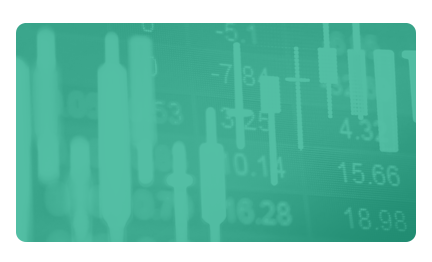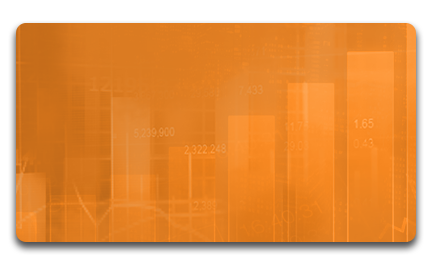Description and use
Long Put is the purchase of a Put option. This position grants the right to the option holder to sell an underlying security at an agreed-upon price until a specific future date. When opening this position, the option holder expects the price of the underlying to decrease. One should think in long-term, in 3 months at least. If the market is extremely negative, one can expect a huge fall in prices. The more negative the market the farther OTM and cheaper Put option should be purchased.
- Type: Bearish
- Transaction type: Dedit
- Maximum profit: Limited
- Maximum loss: Limited
- Strategy: Basic strategy
Opening the position
-
Buy a Put option.
Steps
Entry:
- Is the market trend actually decreasing or stagnating after the option purchase?
Exit:
- To avoid the time decay effect, the Long option should be sold at least one month before the expiry date.
- If the underlying’s price increases above the Stop Loss level, the position should be closed by selling the Put option.
Basic characteristics
Maximum loss: Limited. The lost amount cannot be bigger than the premium paid.
Maximum profit: Strike price - premium. Increasing as the prices fall (until the price falls to 0).
Time decay: Time decay has a negative effect on the Long Put. The closer the option to expiration the more it loses from its value. This process accelerates over time. An increase in the underlying securities volatility can slow it down, and a decrease can make it faster.
Breakeven point: Strike price - premium.
Advantages and disadvantages
Advantages:
- Falling market prices generate profit.
- The potential profit is unlimited in theory, and the potential loss is limited.
Disadvantages:
- An incorrectly chosen strike price, expiration, or underlying security can result a potential loss of 100% of the investment.
Closing the position
Closing the position:
- Sell the Put option.
Mitigation of losses:
- Determine the value for the Stop Loss based on the underlying security.
Example
ABCD is traded for $28.88 on 19.02.2017. The investor buys a Long Put option which has a strike price of $30.00, expires in January 2018. and costs $4.38 (premium).
Price of the underlying (share price): S= $28.88
Premium (Put): P= $4.38
Strike price: K= $30.00
Debit: D
Maximum loss: R
Maximum profit: Pr
Breakeven point: BEP
Debit: D = P
Maximum loss (risk): R = P
Maximum profit: Pr = K - P
Breakeven point: BEP = K - P
D = $4.38
R = $4.38
Pr = $25.62
BEP = $25.62













